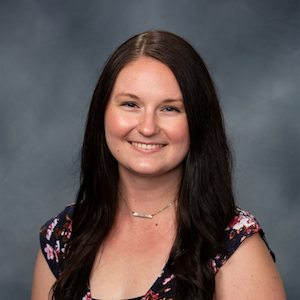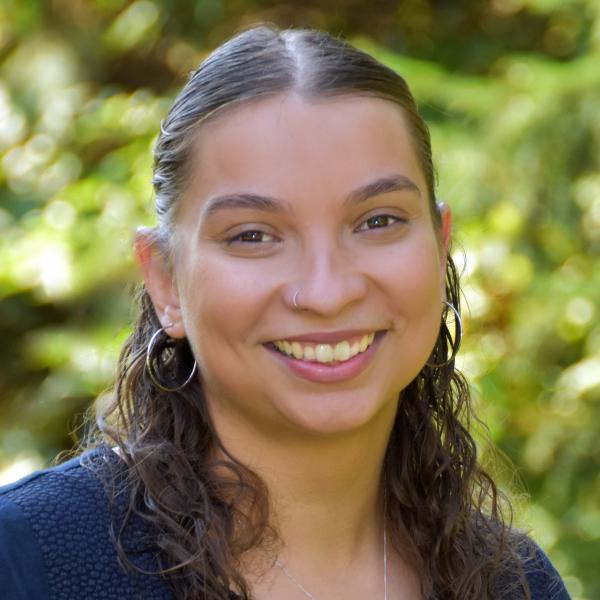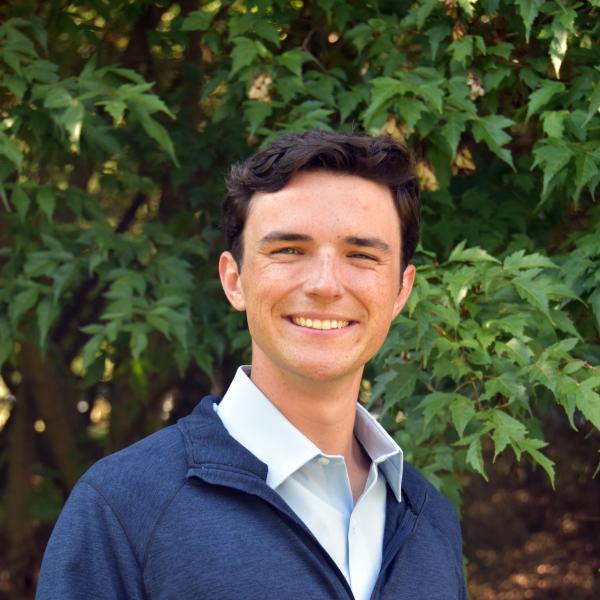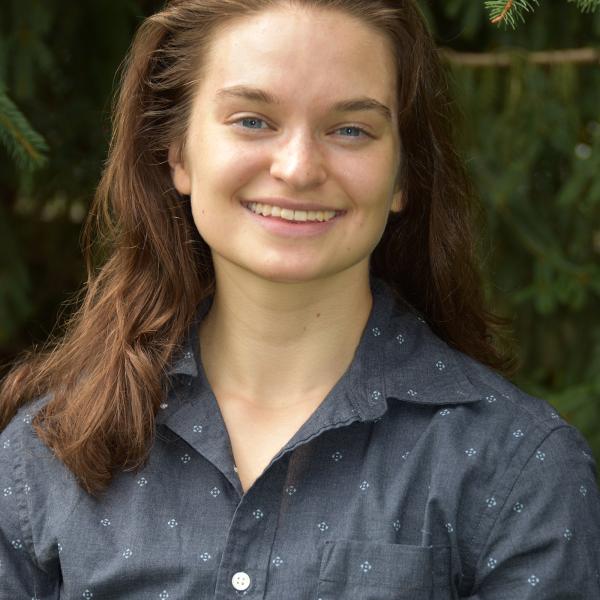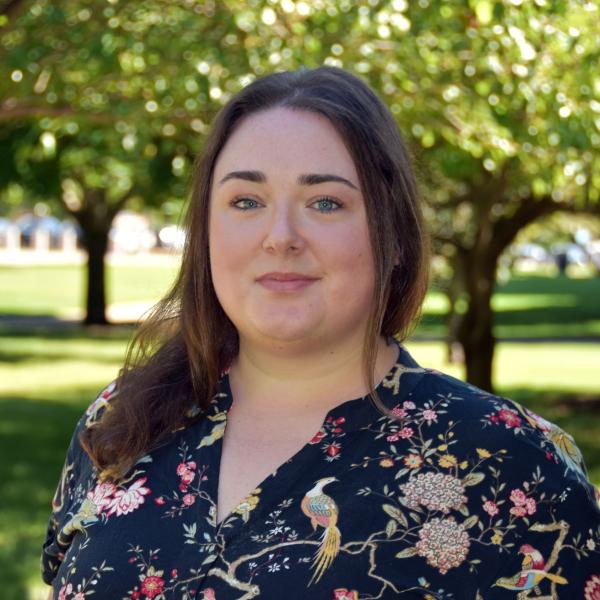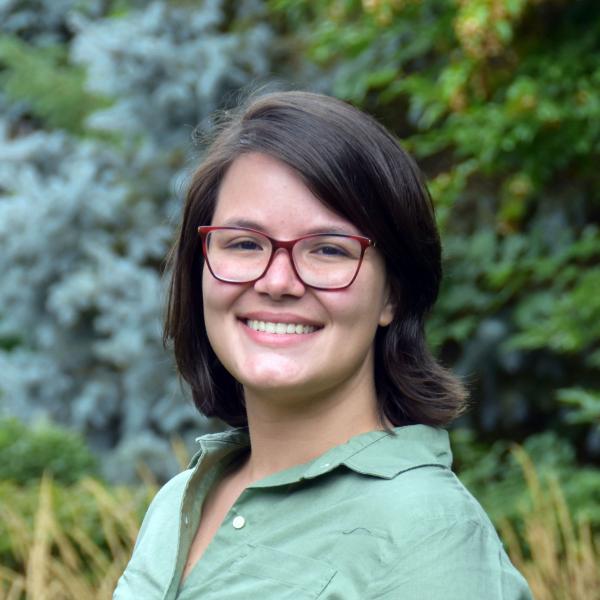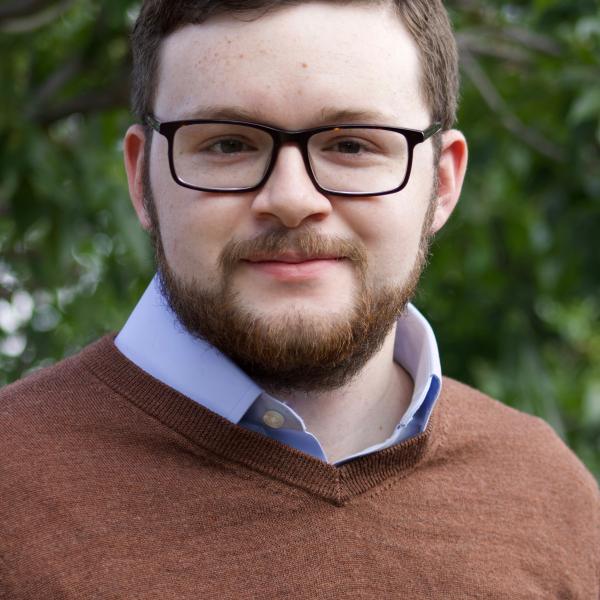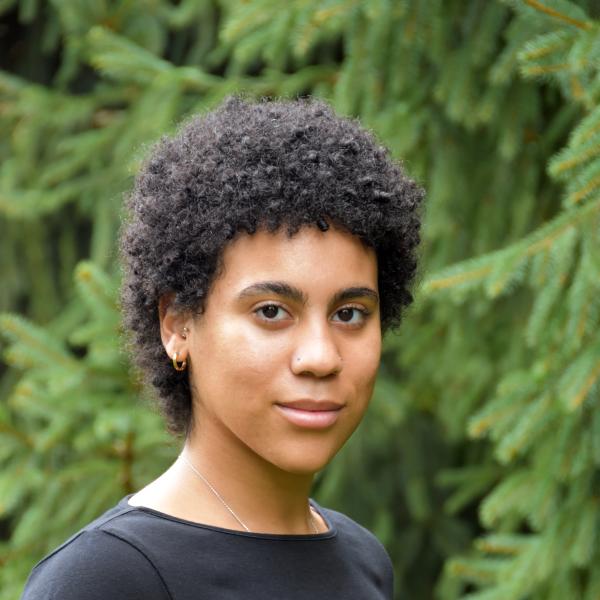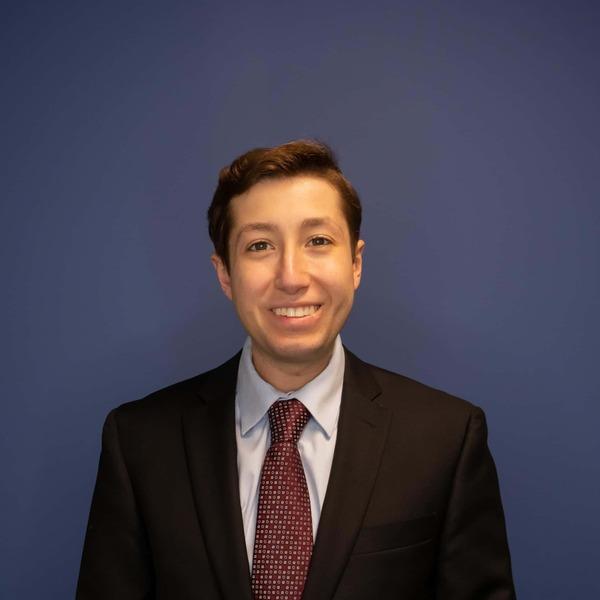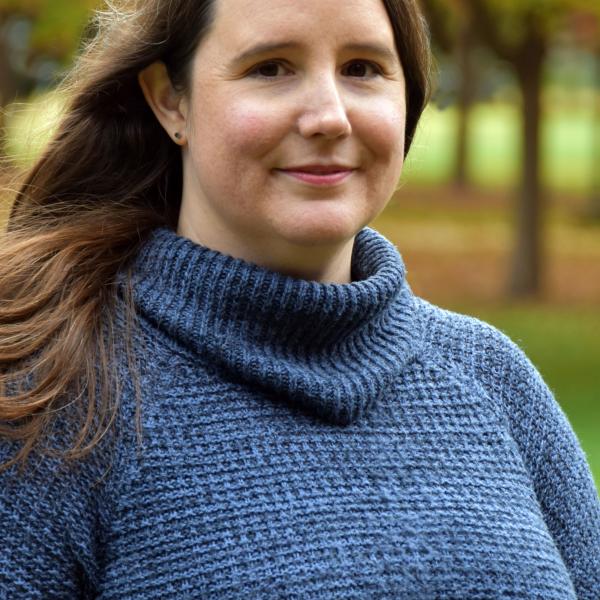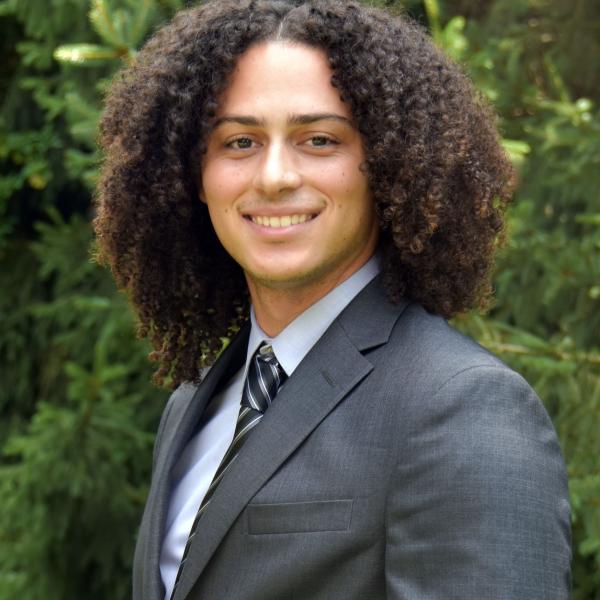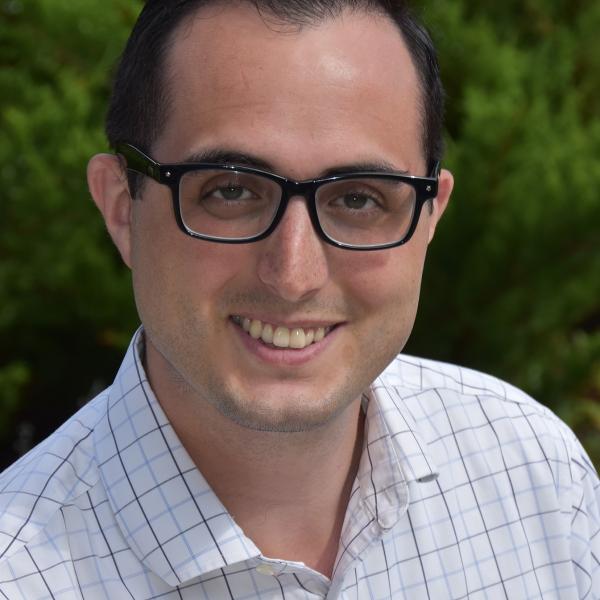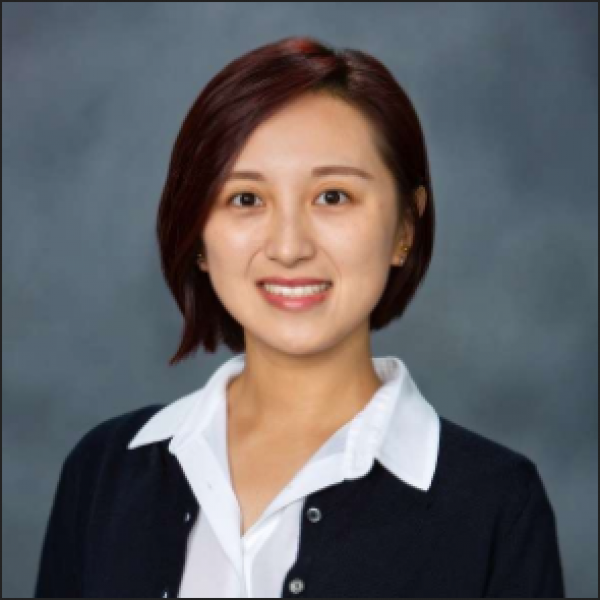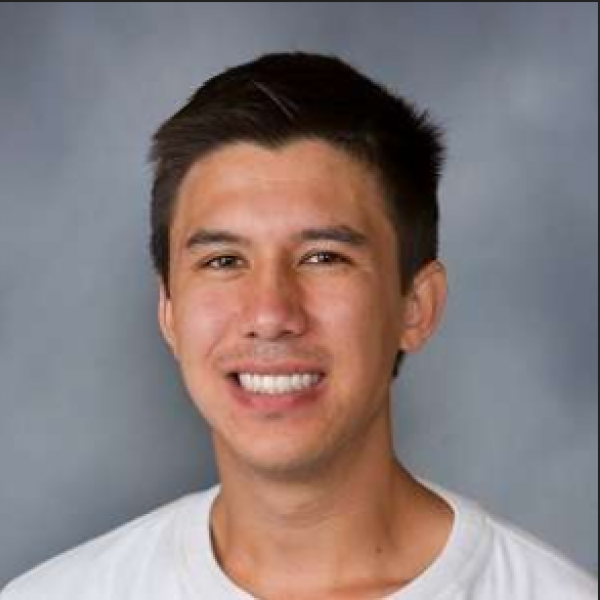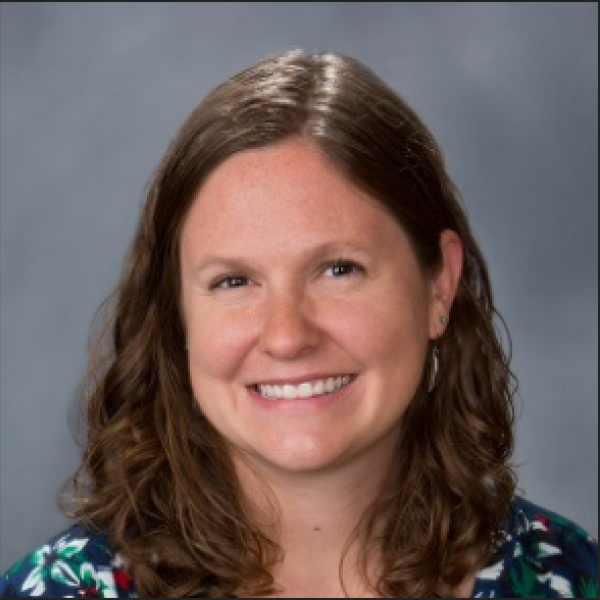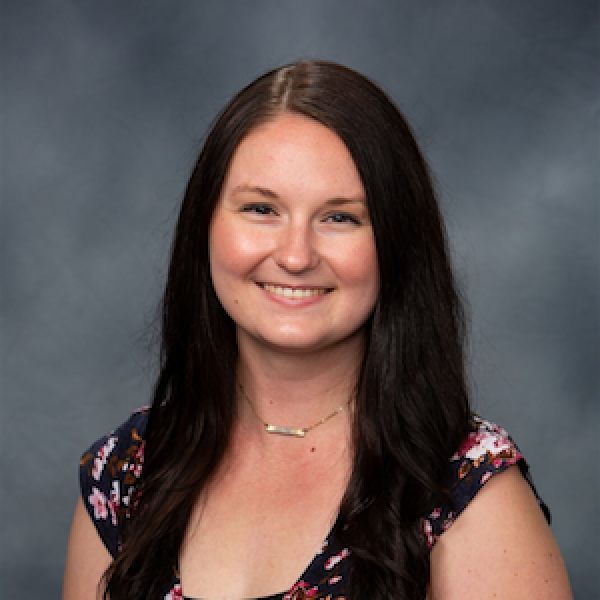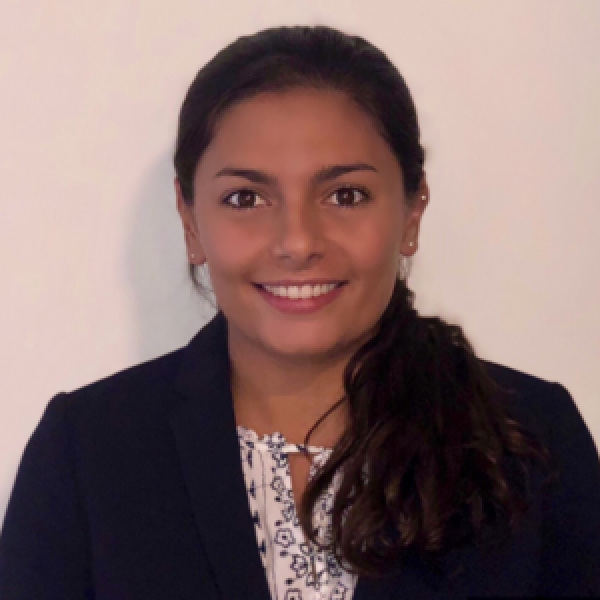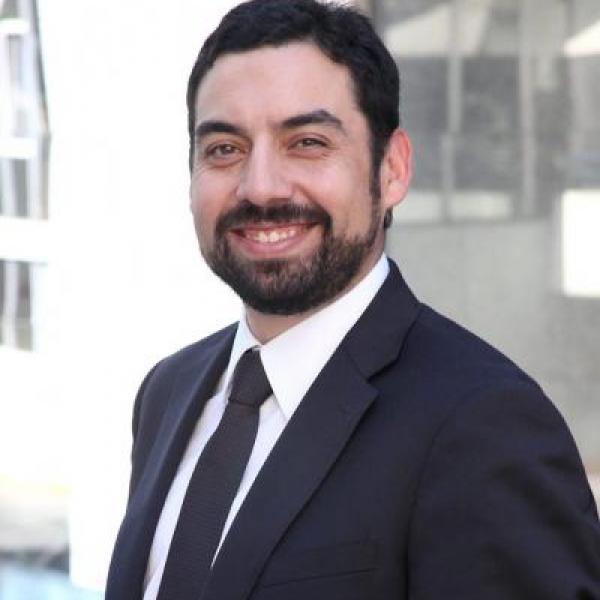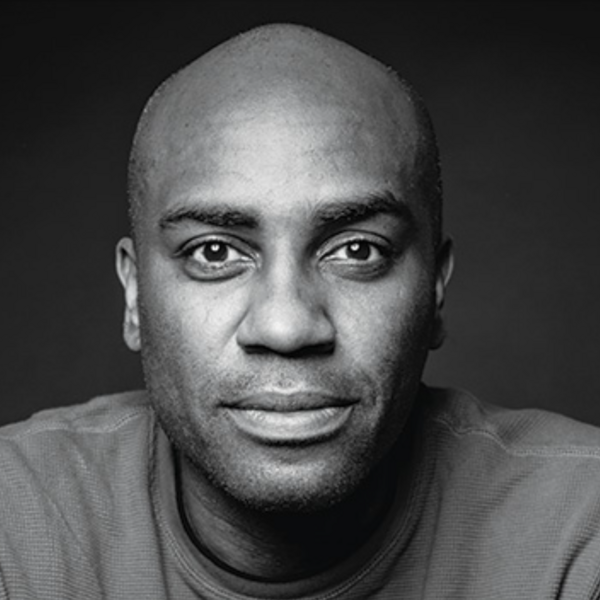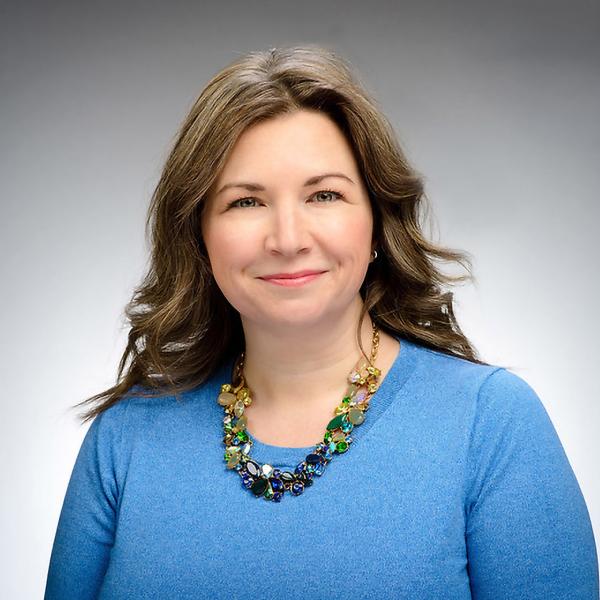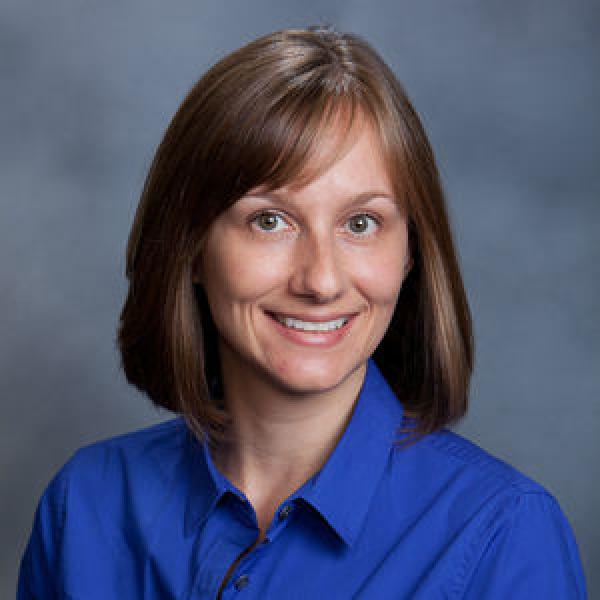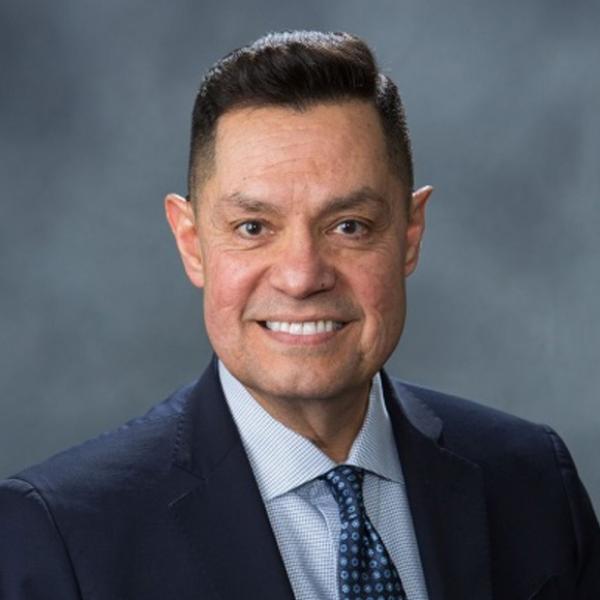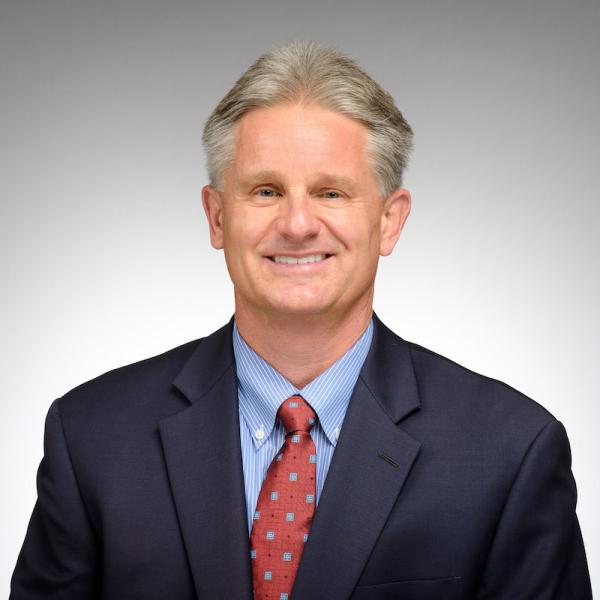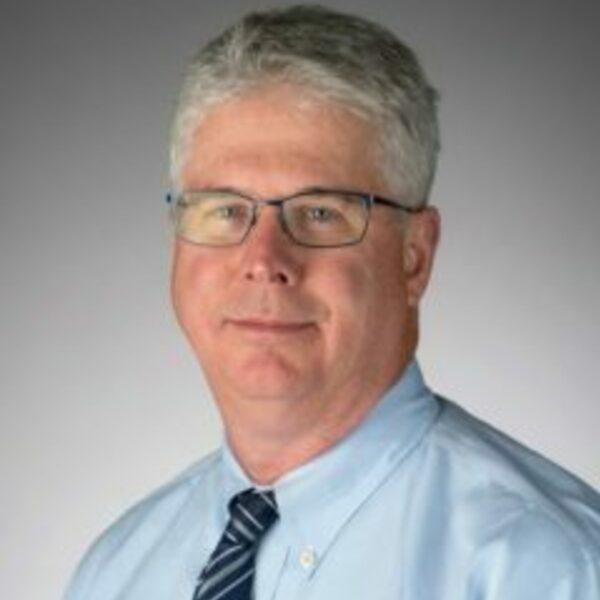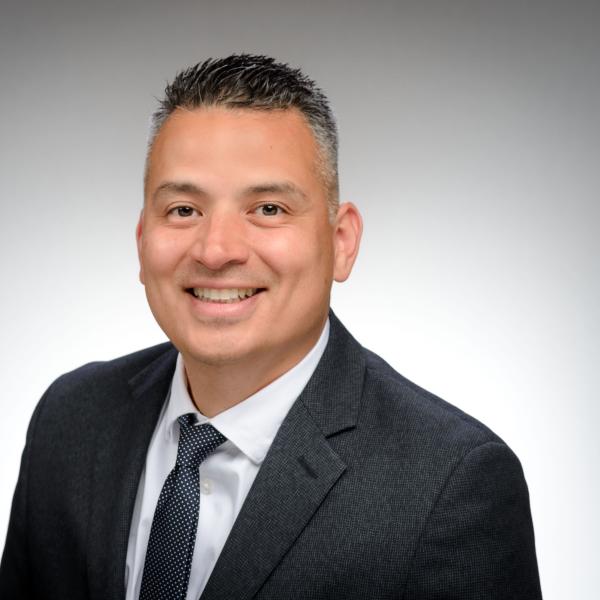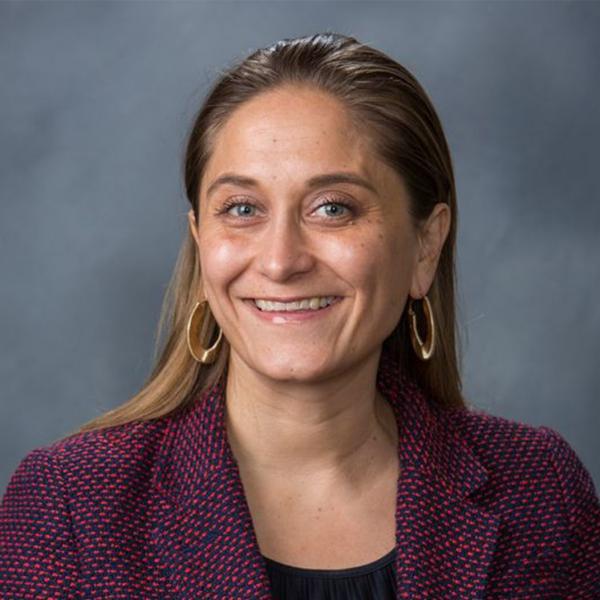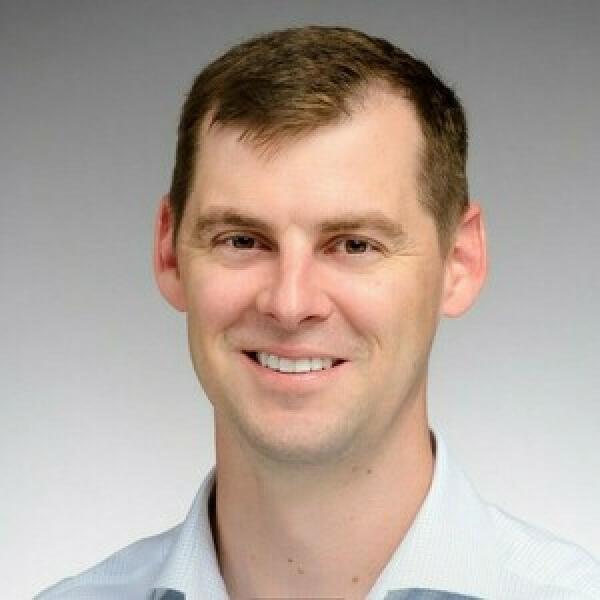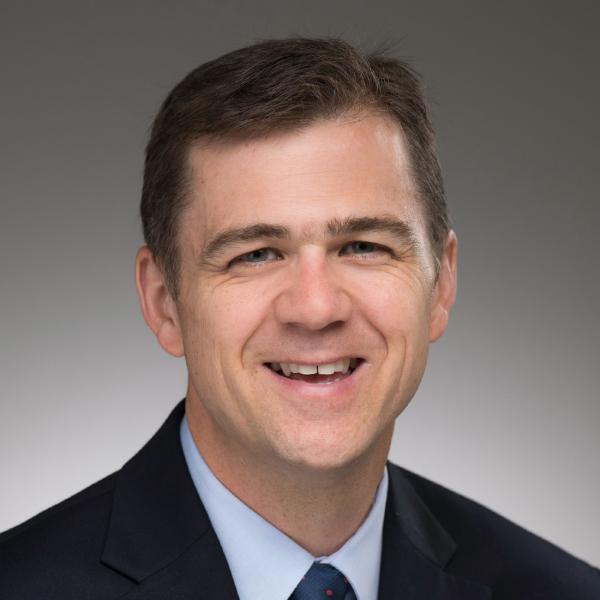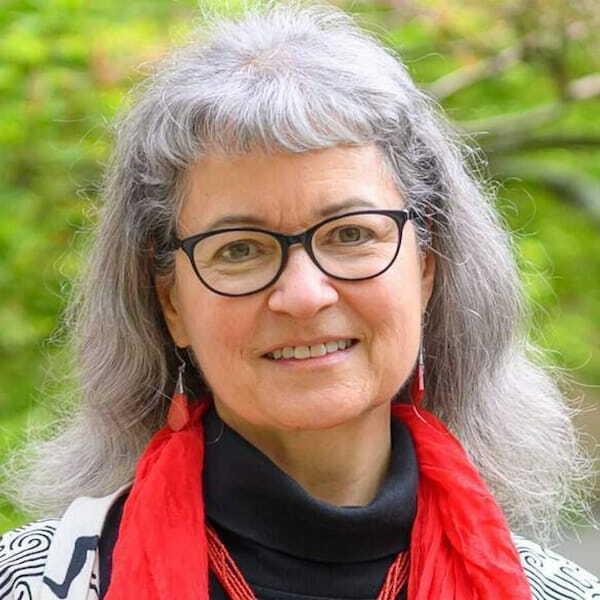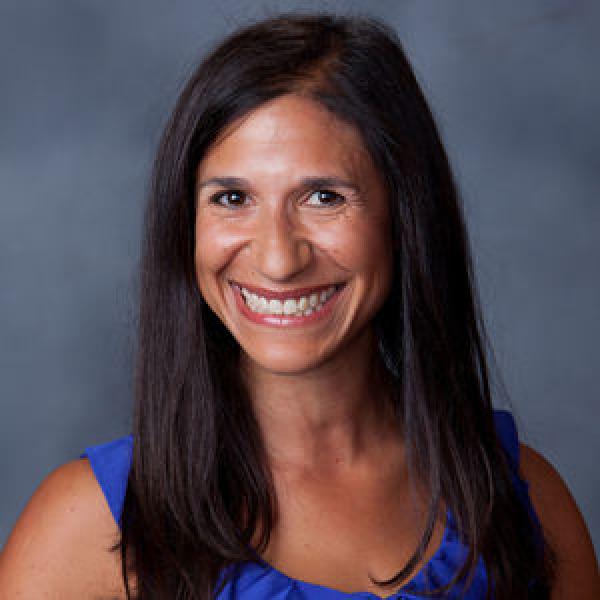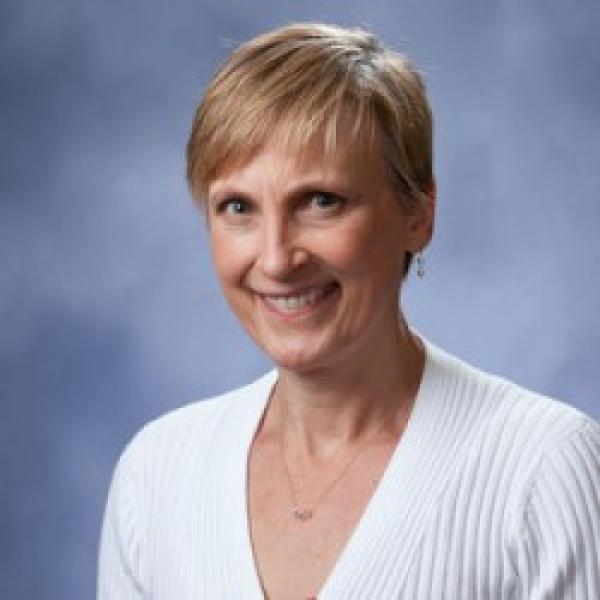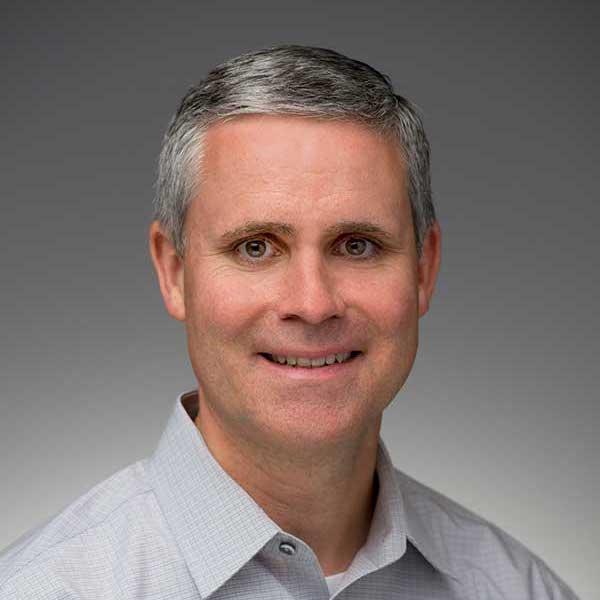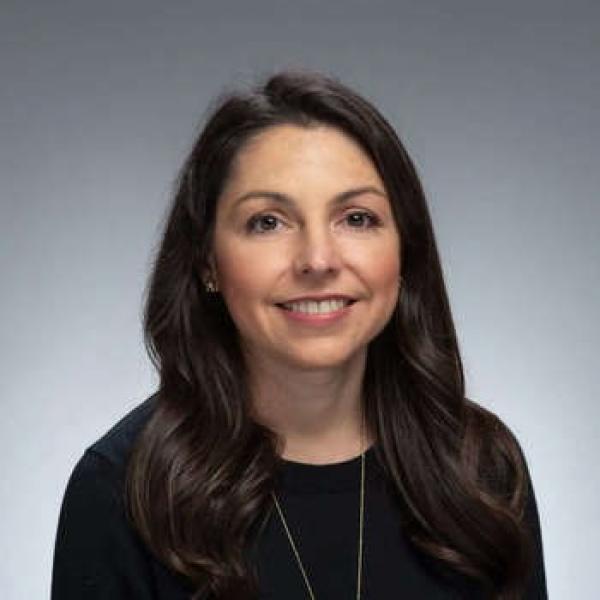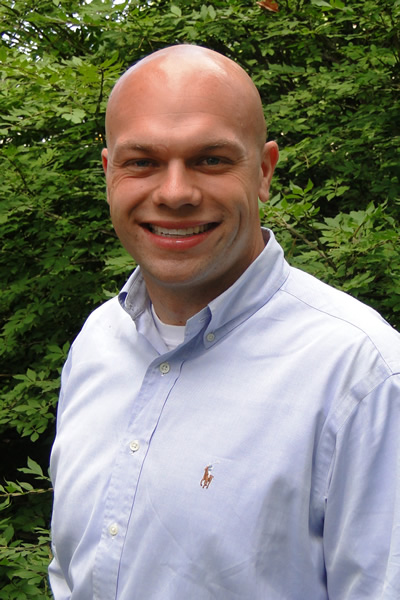Advocating for Whole Child Development?
Start and End with the Basics
July 20, 2020
Michael Ward is a Senior Policy Analyst at the Organisation for Economic Cooperation and Development (OECD) and a member of the Measuring What Matters Learning Partnership which the Global Center for the Development of the Whole Child (GC-DWC) chairs. In June 2020, Michael joined the GC-DWC’s Communications Associate, Anna Hart, for an interview on the link between Whole Child Development (WCD) and academic achievement. The following article is based on this interview.
To tell a story convincingly, you have to present compelling and strong evidence: it’s persuasive writing 101. Present your thesis, cite evidence, articulate compelling analysis, and repeat. Without strong evidence, an argument can quickly turn into an unconvincing personal opinion. You may have the most eloquent and pathos-driven argument out there, but to your toughest and most logical critics, it will merely be seen by them as just another opinion and create minimal buy-in; evidence, therefore, is at the core of any sustainable and impactful argument.
A whole child approach to education (Whole Child Development or WCD for short) is defined by policies, practices, and relationships that ensure each child, in each school, in each community, is healthy, safe, engaged, supported, and challenged. This approach is categorized by attention to the multi-dimensional aspects of a child’s growth and development such as cognitive skills, social and emotional learning (SEL), physical health, mental health, language, identity, and values.
Historically, the WCD approach has struggled to gain traction in many education systems and at the school level where the attention of policymakers, school principals, and teachers is often focused on just one aspect of child development: cognitive skills, in particular the basics of reading, mathematics, and science. Although advocates for WCD approaches to education have sought to articulate its benefits persuasively, to-date, its reception has been mixed. While no one in education directly challenges the WCD framework and most educators recognize the inherent value of addressing the multi-dimensional needs of a child’s growth and development, the development of cognitive skills continues to garner the most time and attention. Given that cognitive skills are the most important predictor of academic performance and success, the education sector’s emphasis on the cognitive component of WCD makes sense. At the very least, students need to leave school with the basics: literacy and numeracy. After all, without these skills, students will struggle to be successful in today’s society.
Given this academically focused environment, advocates for the WCD approach have found it difficult to persuade policymakers, school principals, and teachers to create the necessary space and time in their curriculum and busy school day to include programs related to the development of the whole child. This experience has led many to conclude that WCD approaches to education will only gain traction when these same policymakers, school principals, and teachers understand that far from distracting them from the core task of cognitive skill development, academic results can actually be improved if each child, in each school, in each community, is healthy, safe, engaged, supported, and challenged.
However, this kind of advocacy for WCD requires evidence of the impact the approach has on cognitive skills development.
In some areas of the WCD framework, the evidence for the relationship between WCD and academic results is clear. For example, research by the Centres for Disease Control and Prevention (CDC) in the United States shows a strong connection between healthy behaviors and academic achievement (e.g., grades, standardized tests, graduation rates, attendance). Healthy students are better learners, and academic achievement bears a lifetime of benefits for health – unhealthy students perform poorly on tests. But in other areas, such as student well-being, the relationship is less clear. Some of the happiest students in the world perform the worst on the OECD’s PISA tests.1 However, the opposite is also true: Korea’s students are among the highest scoring in PISA’s reading, mathematics, and science tests but score among the lowest when asked to rank their levels of life satisfaction (see Figure 1 from PISA 2018).
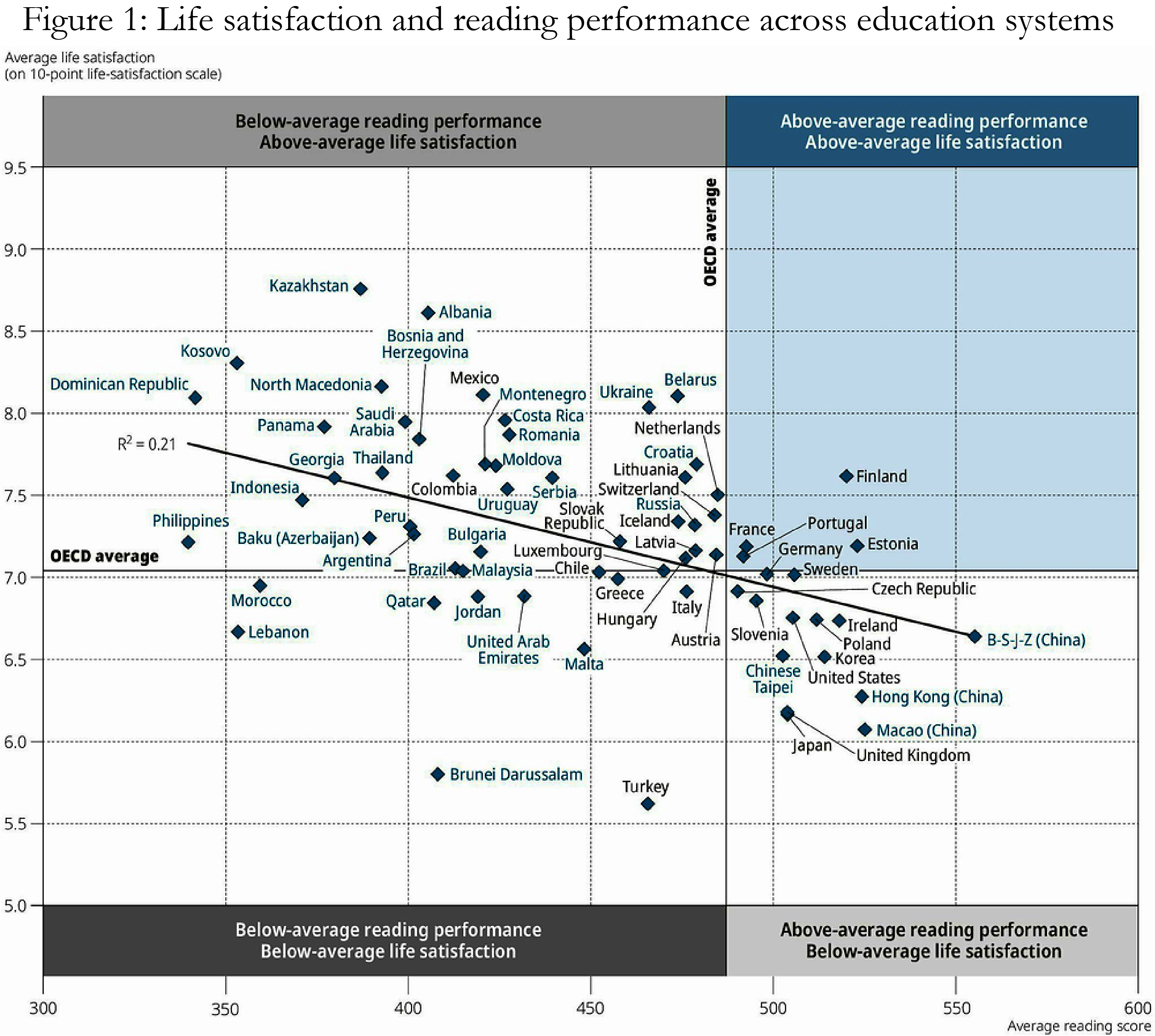
One area where there is already ample evidence available to make the connections between WCD and improved academic performance is in the domain of SEL. In particular, PISA has shown that students with high levels of conscientiousness (task performance) perform better in reading, mathematics, and science tests. PISA has also shown that students who are more open to new experiences (open mindedness) also perform better on academic tests (see Figure 2 from PISA 2018). For educators to make time for SEL in their busy classrooms, they must be made more aware of how this kind of learning will benefit their students academically: the measure by which they and their students will ultimately be held accountable.
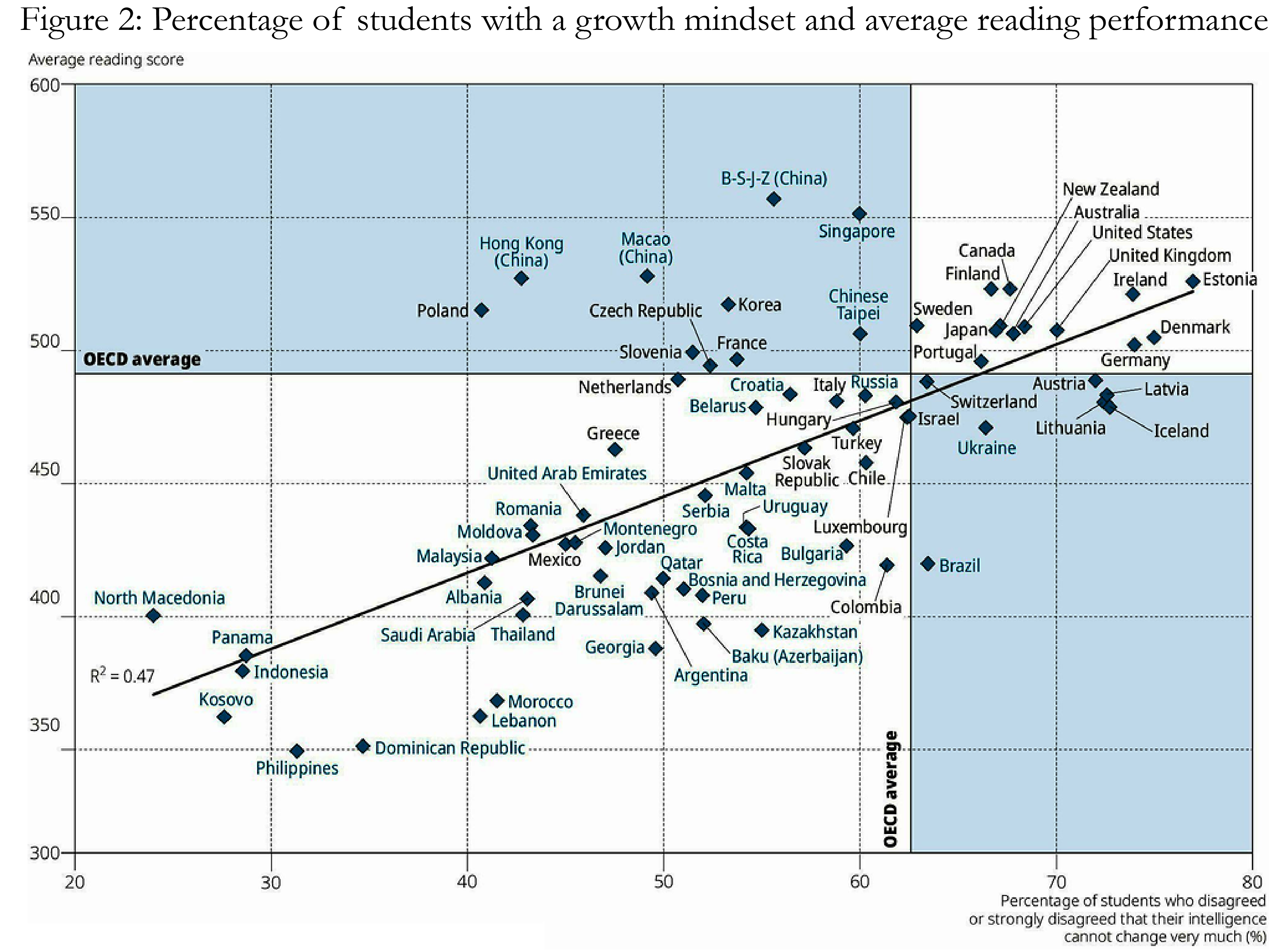
The OECD’s ongoing study on SEL skills will provide more evidence of the factors that relate to students’ SEL development in different contexts and which SEL skills relate to healthy behaviours, overall well-being, and academic achievement. In doing so, the study will provide important international perspectives on these issues.
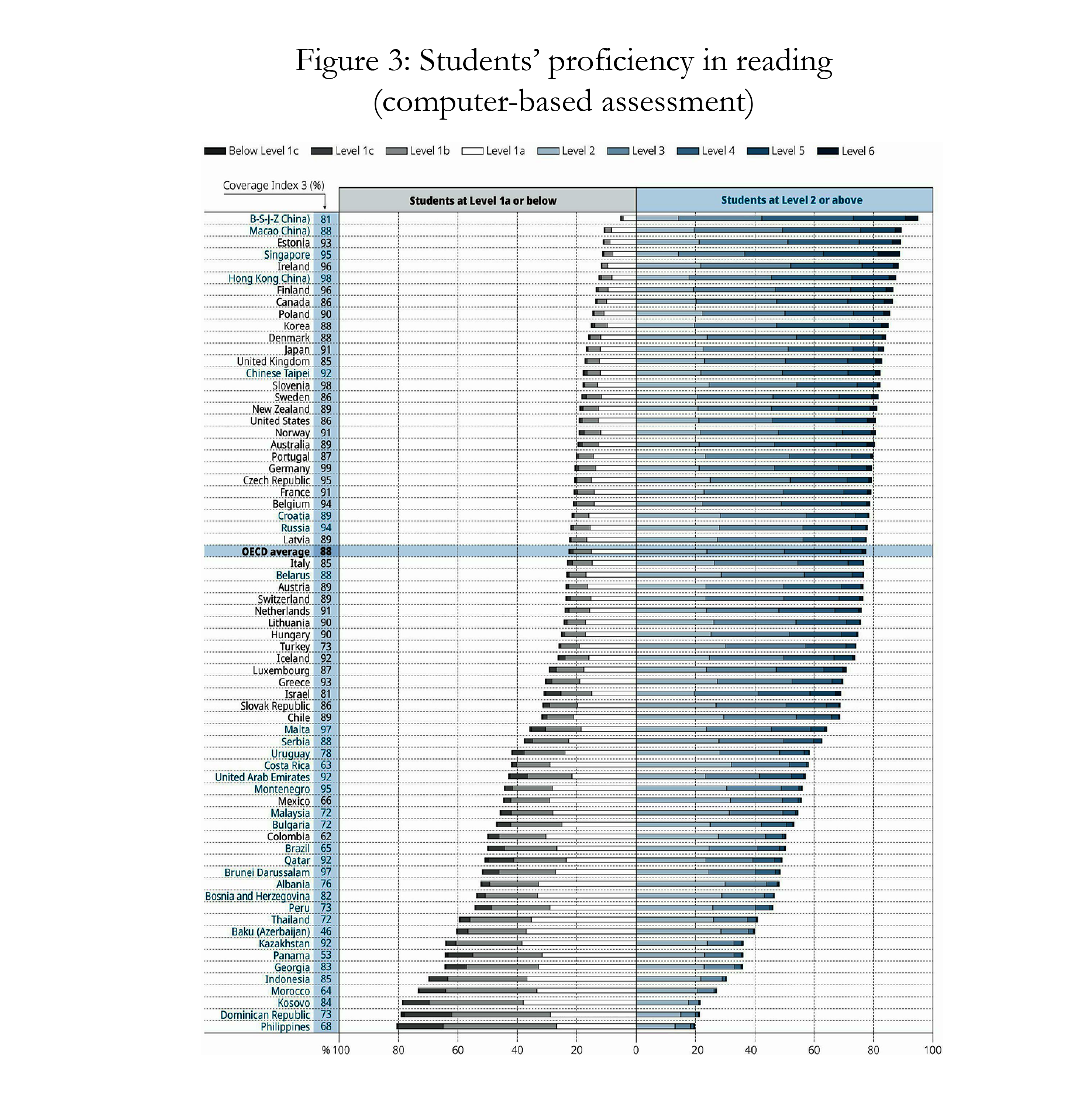
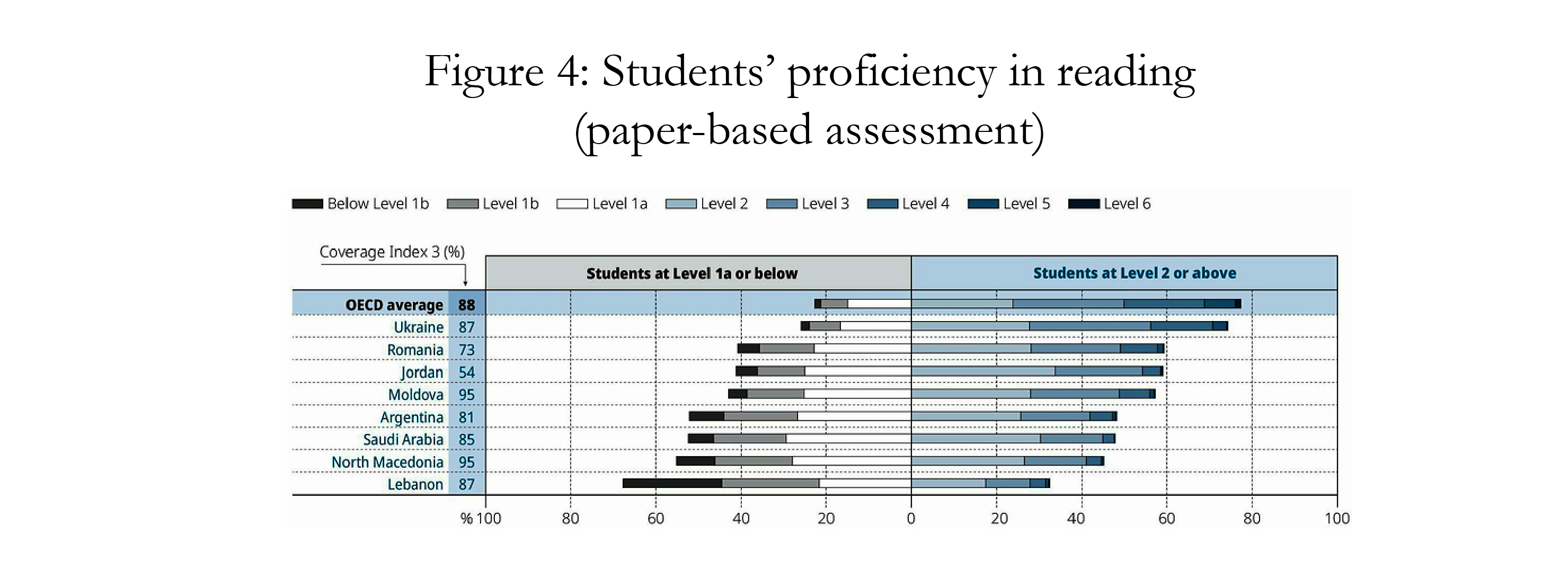
Finally, it is important to bear in mind that the world is in the midst of a global learning crisis. Too many children are experiencing “learning poverty” – defined as the percentage of children who cannot read and understand a simple story by age 10 – and are failing to acquire foundational skills such as basic literacy. (See Figures 3 and 4).2 This is one of the reasons why it is hard for educators to turn their attention to WCD – how can they when their education systems are failing to deliver even the basics, like proficiency in reading and mathematics. Moreover, given that reading is an important gateway skill, all children should be able to read in order to develop more complex foundational cognitive and SEL skills as they grow up. Additionally, reading is highly correlated with many key skills (e.g., in math, science, and socio-emotional domains, among others). Although daunting, this learning crisis can be another part of the rationale for advocating for WCD, especially those aspects of the framework, such as health and conscientiousness, where we already have evidence of positive impacts on learning.
It is only when educators and policymakers see how the cultivation of WCD, in particular SEL, positively affects students’ academic performance (i.e., the basics) that we will see a shift in priorities. Moreover, for the supporters of WCD, it is important to recognize how much a students’ mastery of the basics, especially reading, contributes to achieving the aims of WCD. Indeed, in the context of education systems where the majority of students fail to achieve even minimum levels of proficiency in reading, the WCD approach must go hand-in-hand with a renewed focus on the basics, especially in the early grades of primary education when reading is taught. It is not about creating a hierarchy of skills but showing the interplay among them all to create a more holistic education system to benefit future generations of students.
1. PISA is the OECD's Programme for International Student Assessment. PISA measures 15-year-olds’ ability to use their reading, mathematics and science knowledge and skills to meet real-life challenges.
2: At Level 2, students begin to demonstrate the capacity to use their reading skills to acquire knowledge and solve a wide range of practical problems. Students who do not attain Level 2 proficiency in reading often have difficulty when confronted with material that is unfamiliar to them or that is of moderate length and complexity. They usually need to be prompted with cues or instructions before they can engage with a text. In the context of the United Nations Sustainable Development Goals, Level 2 proficiency has been identified as the “minimum level of proficiency” that all children should acquire by the end of secondary education (text from PISA 2018).
Links to 2018 PISA figures:
Life satisfaction and reading performance across education systems
Percentage of students with a growth mindset and average reading performance
Students’ proficiency in reading (computer-based assessment)
SEL Does Not Happen in a Vacuum: Lessons from Peru
July 27, 2020
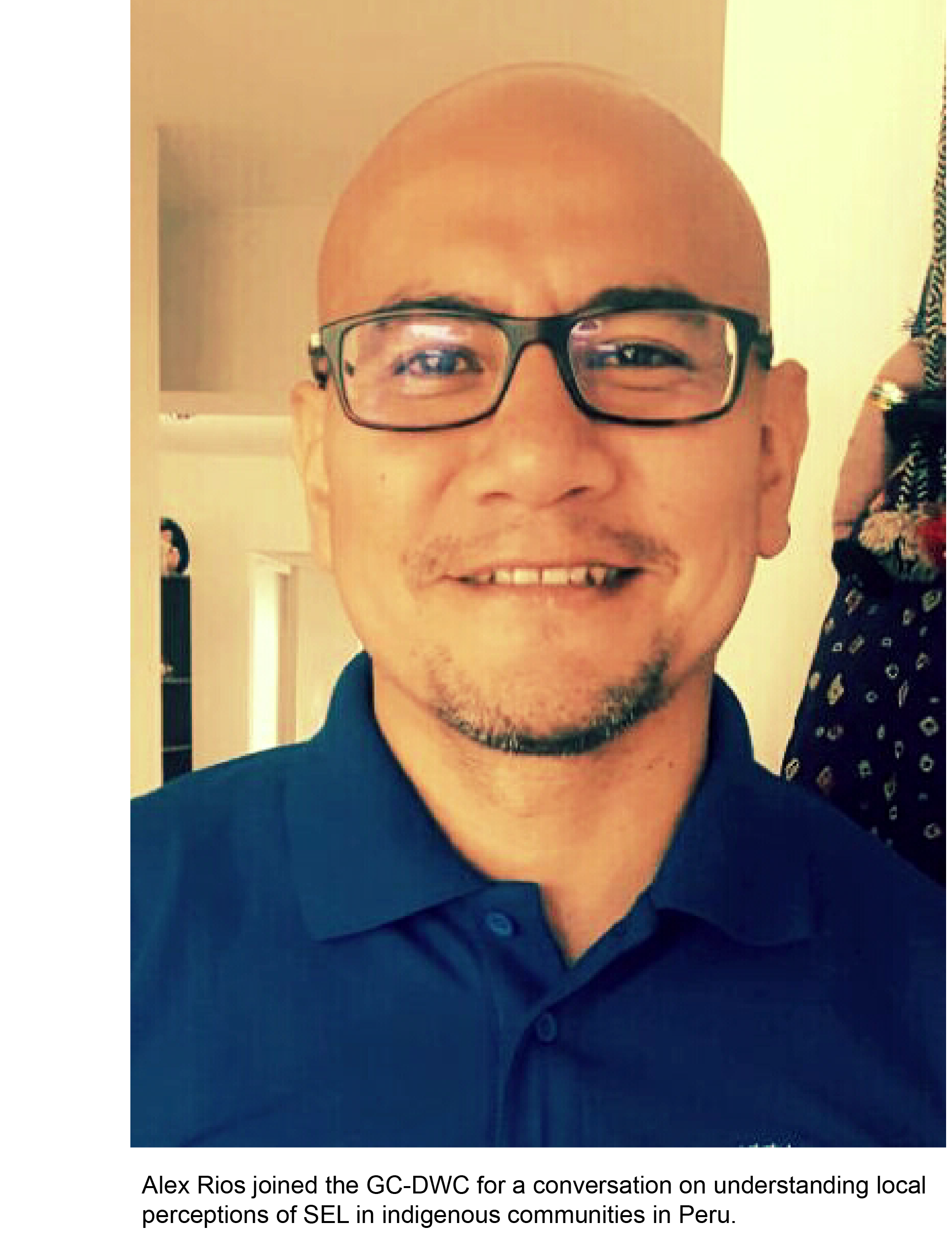
Social and emotional learning (SEL) is a complex term with different meanings and understandings across cultures and contexts. However, understanding these context-specific meanings is vital to implementing and measuring the success of SEL programs as SEL does not occur in a vacuum, an insight revealed through a study led by the Global Center for the Development of the Whole Child (GC-DWC). Alex Rios, from the UNESCO Horizontes Peru program sat down with the GC-DWC to share his experience in understanding local perceptions of SEL in indigenous communities in Peru and the role this plays in his daily work. The following article is based on this conversation.
The UNESCO Horizontes program works in several rural communities in Peru to support adolescents in developing their life plans through key SEL skills. While Horizontes has an SEL framework of ten different skills that connect individuals to their local as well as global communities, indigenous communities rarely refer to these skills with the same terminology. For example, when you ask a community member what the most important skills are for an individual to possess, they frequently describe SEL but not in the terms with which we may be familiar. By listening and taking the time to understand the culture and contexts that form these ideas, practitioners and researchers are able to identify SEL skills within local contexts, and say, “yes, this looks like solidarity” or “yes, this is empathy.”
Horizontes then uses this information to understand what skills and ideas are most important in different communities and how to best implement culturally-relevant programming to develop SEL. Although some may view SEL skills as universal, meaning they are the same in different countries or contexts, Horizontes believes that they are localized, and cultures often create new meanings or provide different frames by which to understand and develop SEL skills.
In the case of several indigenous communities in Peru, Horizontes’ discussions with their members revealed the collective nature of the communities, as opposed to other community contexts that are more focused on the individual. For example, when you ask an Awajun or Wampi adolescent about his or her future, he or she will speak in terms of family, and within the Awajun or Wampi people, family extends to the larger clan rather than immediate family members.
When you think in terms of SEL, this becomes very interesting because when developing an SEL framework, you usually start with the self. Before learning how to relate to others, you must know yourself, which means grasping skills like self-management and self-efficacy. Once you have mastered these skills, you can move to relational skills: working in groups, empathy, or collaboration. In essence, first you know yourself, then you know others.
However, given the collective nature of the Quechua, Awajun and Wampi people, Horizontes has found added value in beginning with both relational and individual SEL skills, at times even emphasizing relational skills more, in order to adapt to the community’s specific context and make greater progress in implementing SEL programming.
Beyond developing a contextually relevant framework, Horizontes recognizes that developing SEL skills does not occur in a vacuum. SEL skills are developed in contexts within communities; therefore, it is important for adolescents in the Horizontes program to also develop an identity and sense of belonging with their community.
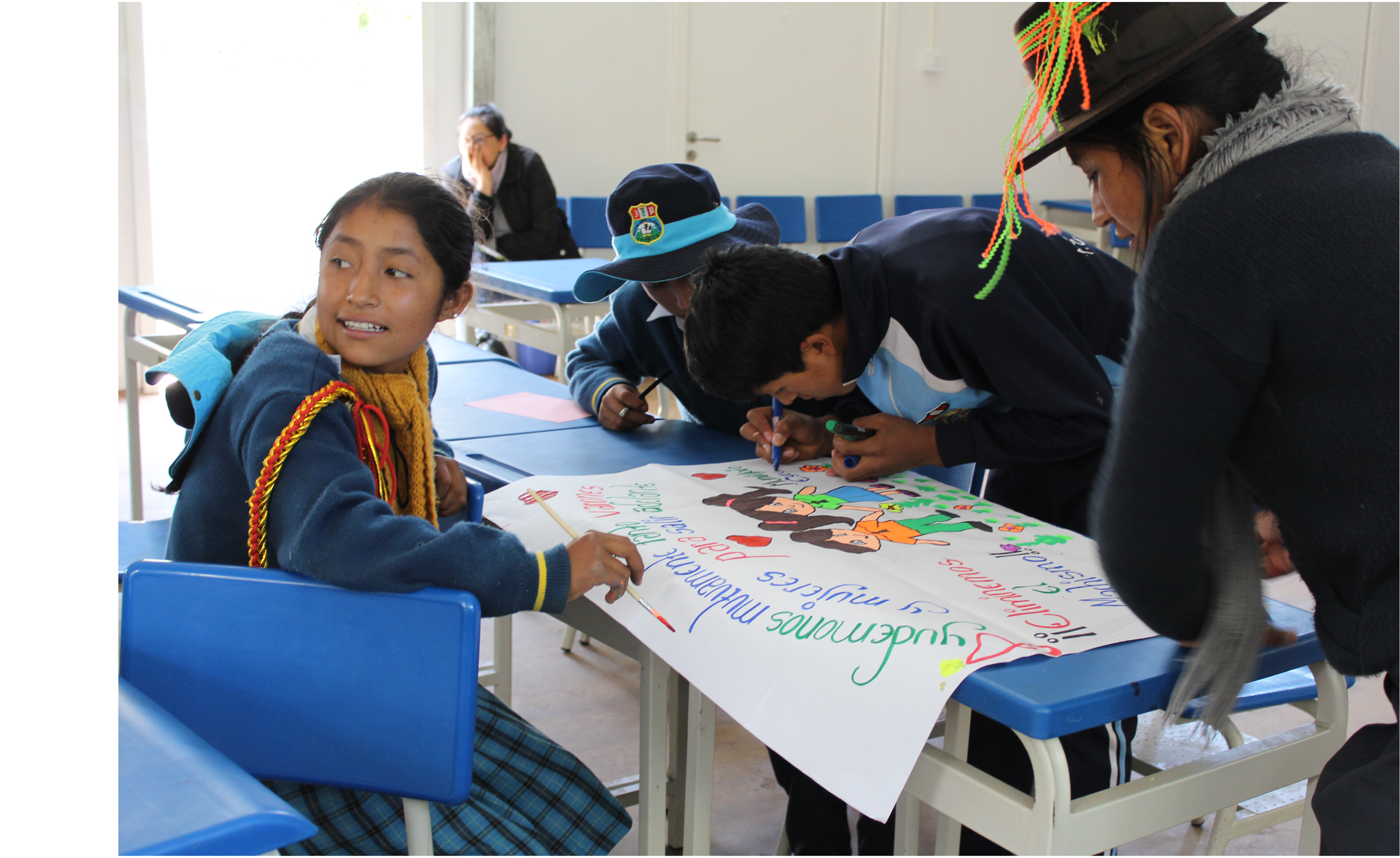 In the case of adolescents from rural areas, sometimes there is a sense of shame felt by adolescents in being from these communities. They associate their home with poverty, a lack of development, and being out-of-touch with the times. In many cases, this means adolescents aspire to leave the community and never come back, forgetting and neglecting their culture. While it would be relatively simple to develop SEL in a vacuum, and Horizontes could create the model of a perfect, well-rounded, and responsible person, he or she would grow up, leave, and forget his or her culture. This is why SEL and a sense of belonging and identity with the community are important for adolescents because it necessitates that understanding responsibility is not just responsibility with themselves (adolescents) but also with their town or community.
In the case of adolescents from rural areas, sometimes there is a sense of shame felt by adolescents in being from these communities. They associate their home with poverty, a lack of development, and being out-of-touch with the times. In many cases, this means adolescents aspire to leave the community and never come back, forgetting and neglecting their culture. While it would be relatively simple to develop SEL in a vacuum, and Horizontes could create the model of a perfect, well-rounded, and responsible person, he or she would grow up, leave, and forget his or her culture. This is why SEL and a sense of belonging and identity with the community are important for adolescents because it necessitates that understanding responsibility is not just responsibility with themselves (adolescents) but also with their town or community.
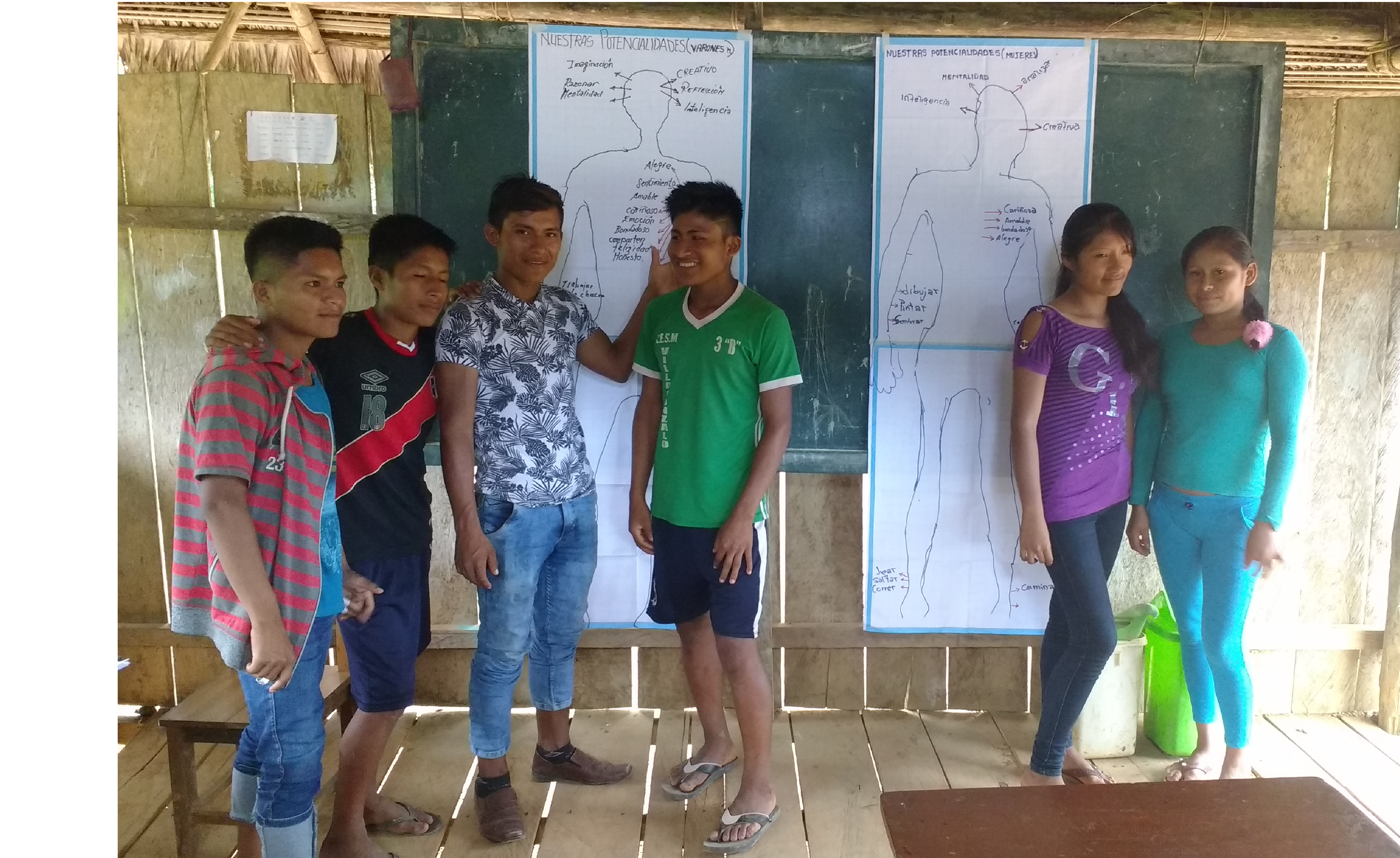 This is not to say that adolescents should not emigrate. Oftentimes to achieve their aspirations they must (e.g., attending university or institute). From Horizontes’ perspective, the goal is simple: if you do move, do not forget your culture, your community, your values. You can become an ambassador for your community and discover how you can leverage your local knowledge in a new context.
This is not to say that adolescents should not emigrate. Oftentimes to achieve their aspirations they must (e.g., attending university or institute). From Horizontes’ perspective, the goal is simple: if you do move, do not forget your culture, your community, your values. You can become an ambassador for your community and discover how you can leverage your local knowledge in a new context.
Ultimately, developing SEL skills and forming a sense of belonging and identity with their community enables adolescents to form a realistic life plan that they can effectively manage in whatever direction life takes them.
Photos courtesy of Alex Rios.
The Question of Assessing Whole Child Development: An India Perspective
August 3, 2020
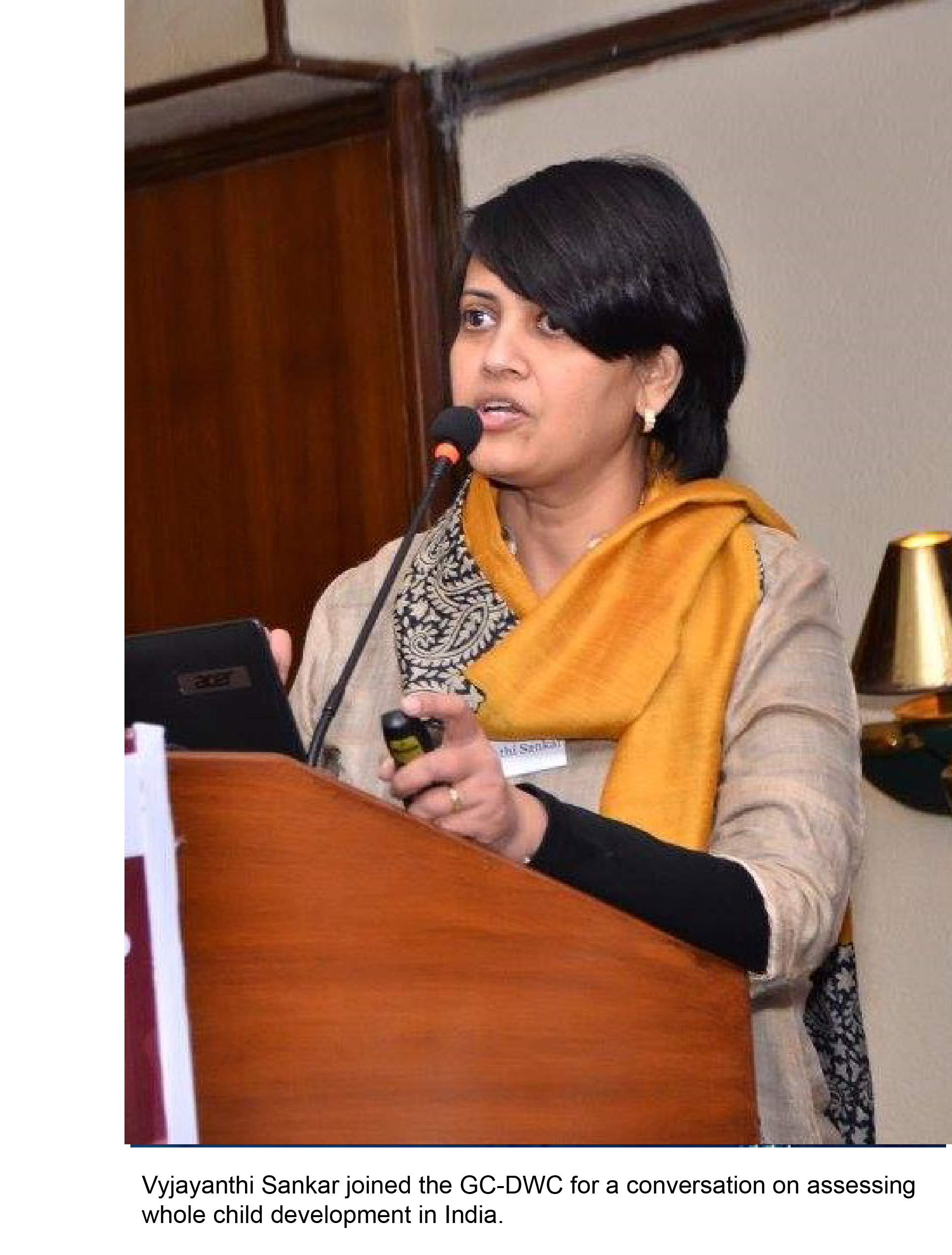 When it comes to assessing whole child development (WCD), there are countless factors involved. Vyjayanthi Sankar, from CSSL in India, sat down with the Global Center for the Development of the Whole Child (GC-DWC), to share some of her experience around the assessment of WCD in India. She discusses two key components of her work: the general role and use of assessments in India and India’s understanding of WCD.
When it comes to assessing whole child development (WCD), there are countless factors involved. Vyjayanthi Sankar, from CSSL in India, sat down with the Global Center for the Development of the Whole Child (GC-DWC), to share some of her experience around the assessment of WCD in India. She discusses two key components of her work: the general role and use of assessments in India and India’s understanding of WCD.
When trying to assess whole child development (WCD), many difficulties surface for educators and practitioners across contexts. The same is true in India. As in many places, there are fractured and confused understandings of the role and purpose of assessments within the education sector, so when you compound this with misconceptions about what WCD actually is and differences in terminology, the difficulties grow.
To begin with the assessment component, although India has experienced a shift in the last 8-9 years at a policy level in terms of openness to assessment, one finds that despite greater interest in assessments, people are not receptive to a third party creating them and want to build their assessments in house, within the state department. However, issues arise when state departments do not have anyone who is trained in psychometrics and start building assessments on their own, which often leads to testing rote learning rather than real learning (i.e., critical thinking). So, despite an openness to assessments, India’s education system still lacks the capacity to do them well at the state level.
To avoid the pitfalls of in-house assessments, states with strong leadership often turn to third party assessors, like CSSL, to construct effective assessments for their schools. Since states will generally not want to retain CSSL or similar third-party groups for the long-term, CSSL prioritizes developing states' capacities to develop good assessments and enters partnerships with exit strategies in mind.
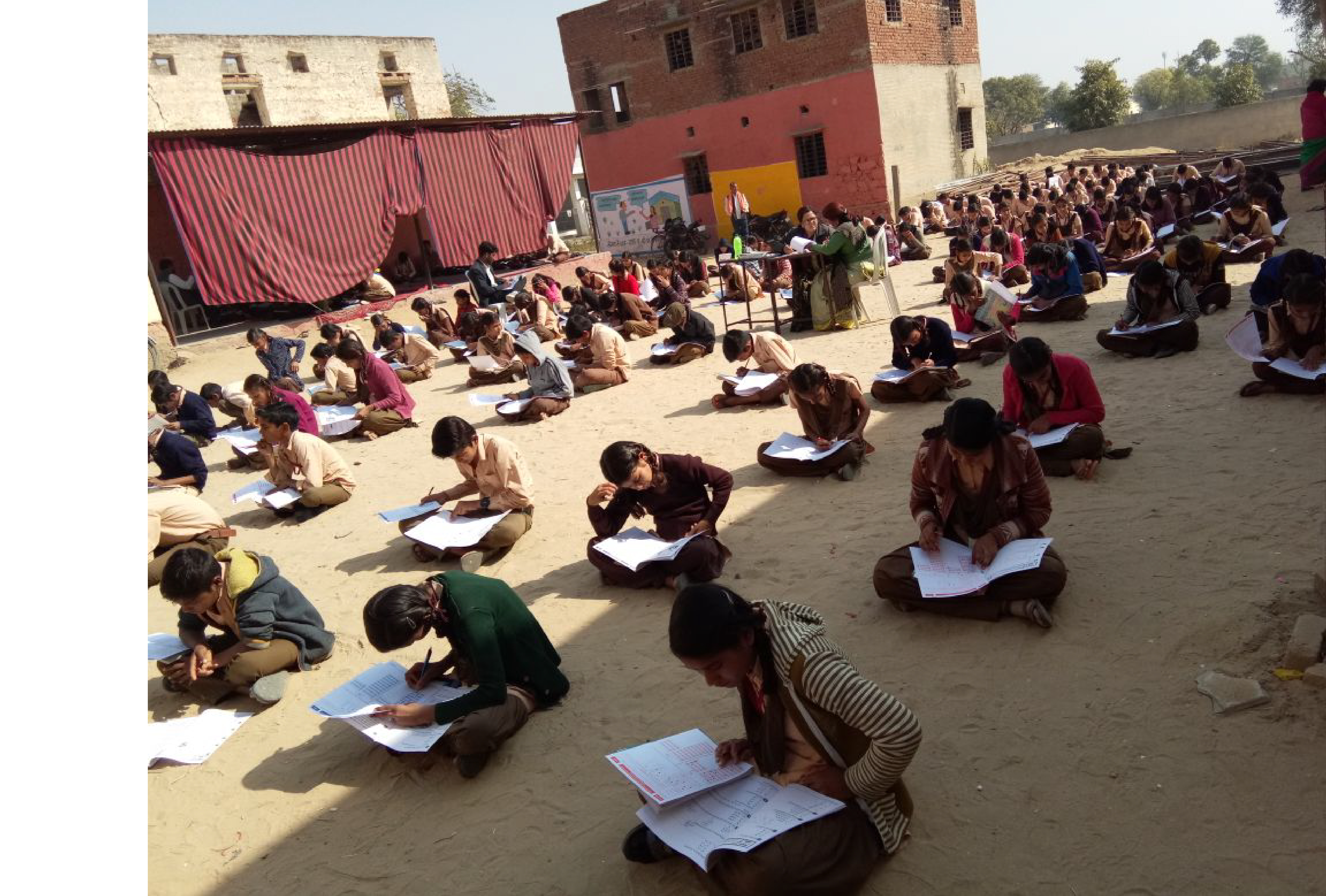 In regards to the WCD component, similar to global perceptions, in India one will find that not many people understand what WCD entails, so the question of “how do you assess whole child development,” complicates the concept further. A major issue centers on a terminology divide. Educators may say they integrate social and emotional learning (SEL) in the classroom, but in reality, they may be doing a bit of story-telling, mindfulness, or yoga. It becomes tricky then when assessors are asked to measure an element of WCD such as SEL only to realize the school is not actually integrating SEL: they are doing something different, under SEL’s name, for example, teaching moral science.
In regards to the WCD component, similar to global perceptions, in India one will find that not many people understand what WCD entails, so the question of “how do you assess whole child development,” complicates the concept further. A major issue centers on a terminology divide. Educators may say they integrate social and emotional learning (SEL) in the classroom, but in reality, they may be doing a bit of story-telling, mindfulness, or yoga. It becomes tricky then when assessors are asked to measure an element of WCD such as SEL only to realize the school is not actually integrating SEL: they are doing something different, under SEL’s name, for example, teaching moral science.
Therefore, actors, like CSSL, are working within the whole child domain in India to collect data in order to develop and validate a framework for WCD. In this process, expert opinion informs an initial framework while collected data validates the framework as well as clarifies any delineation issues over the different components of the framework.
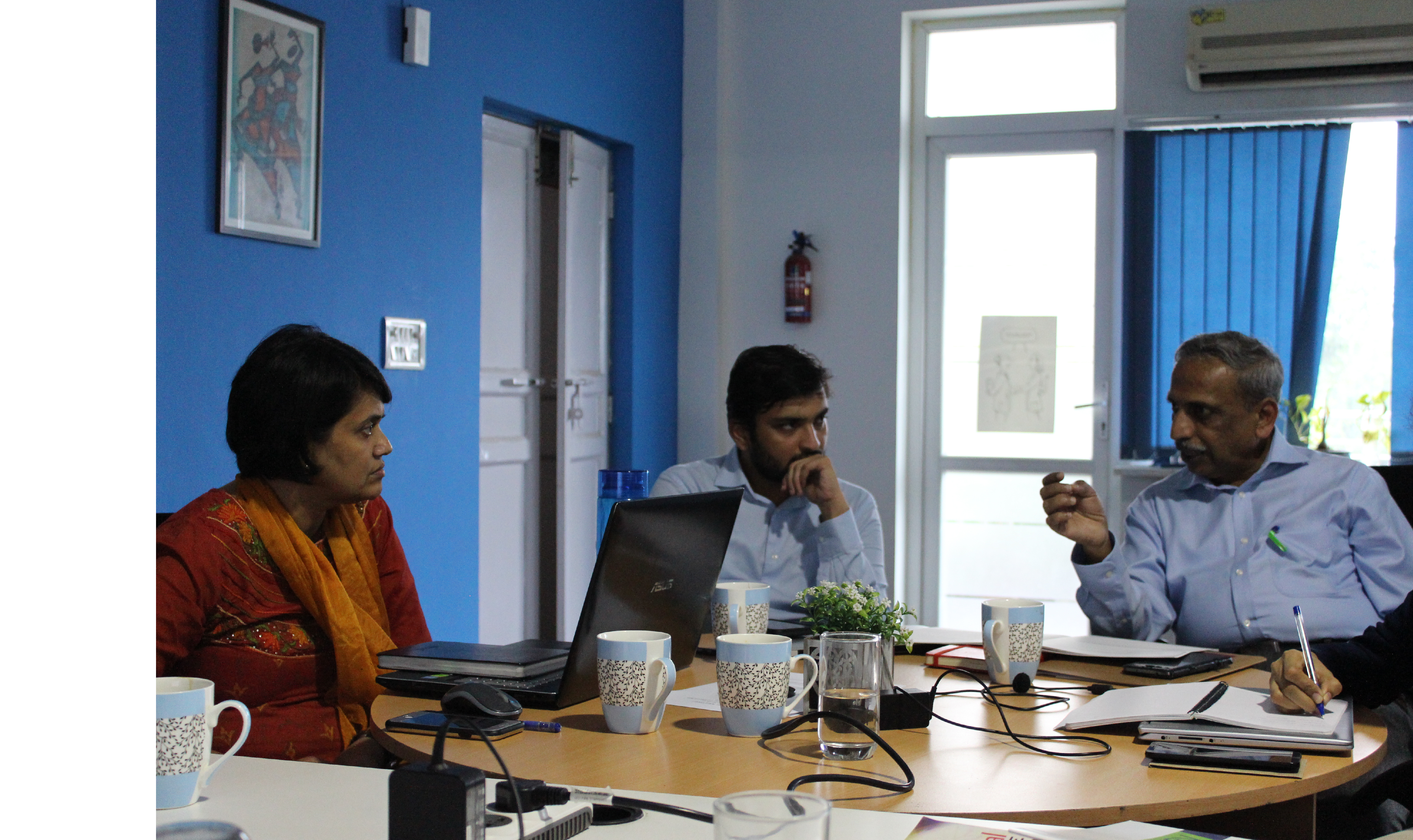 While checking for achievement of WCD, practitioners and assessors must first be able to agree on, “this is what it is” before assessors can say “this is how you measure it.” Subsequently, the next question becomes “what are the different ways to measure a component of whole child development.” You will also need to measure things differently based on who the measurement is for. For example, the ability to understand emotions or handle interpersonal conflict may be a valuable diagnosis at an individual level; however, understanding attitudes towards gender will be more valuable at a society level. In essence, the benefits of each measurement will be different for different units and levels of society.
While checking for achievement of WCD, practitioners and assessors must first be able to agree on, “this is what it is” before assessors can say “this is how you measure it.” Subsequently, the next question becomes “what are the different ways to measure a component of whole child development.” You will also need to measure things differently based on who the measurement is for. For example, the ability to understand emotions or handle interpersonal conflict may be a valuable diagnosis at an individual level; however, understanding attitudes towards gender will be more valuable at a society level. In essence, the benefits of each measurement will be different for different units and levels of society.
This in itself could be a whole other post though, so for now, we will leave you with these thoughts.
Photos courtesy of Vyjayanthi Sankar
